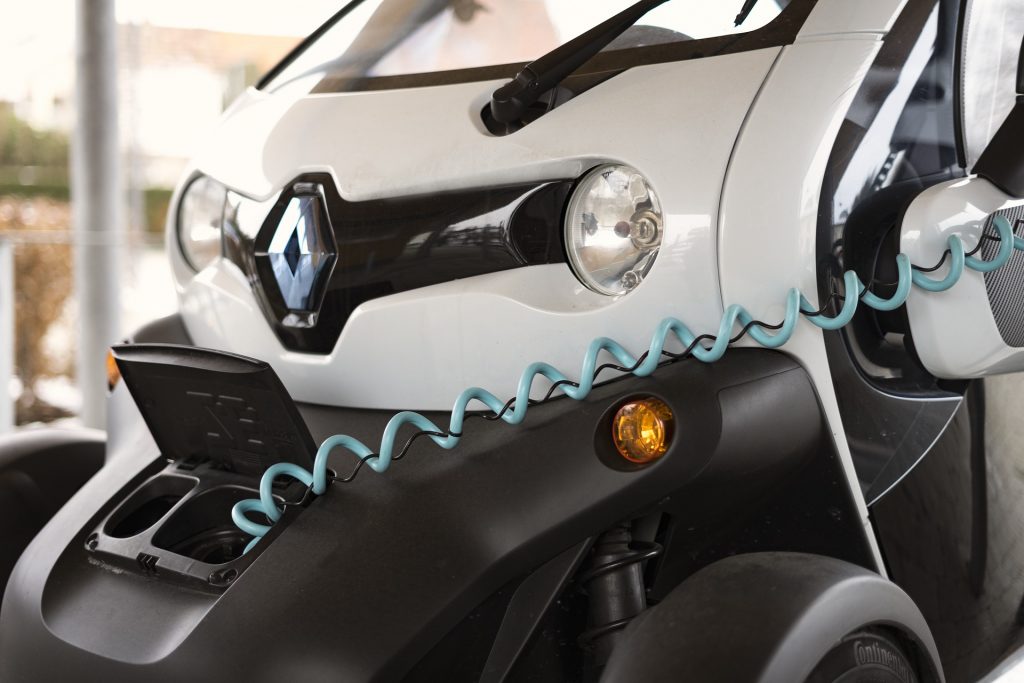Chemistry of Solar Storage Safety
Lithium Ion Battery types and safety records.
In the Solar energy industry, the general term “lithium ion battery covers a range of chemistries. With fairly recent LG recalls, some homeowners are concerned that batteries are too prone to “thermal events”. On the other hand, LG responded immediately with a voluntary recall of the problem batteries and has since introduced a newer, more powerful and safer solar storage battery.

If you have a Tesla or LG lithium ion battery, you probably have a lithium nickel manganese cobalt oxide (NMC) solar storage unit. If you are considering a lithium ion battery storage option for your solar power system, the lithium iron phosphate (LFP) version has an established safety record.
Danny Lu of Power Energy stated his preference for the LFP “because of its safety properties.” Combustion temperature of the LFP is much higher than the lithium-nickel-manganese-cobalt-oxide (NMC). That is more important for large commercial solar arrays than for residences. Homes with batter packs often lack industrial grade fire safety addons.
Apurba Sakti is a research scientist at MIT Energy Initiative. Sakti pointed out, compared to the number of lithium ion batteries distributed, the few fire occurrences indicate low risk. Researchers have estimated that risk at 1 in 10 million. Not bad. Homeowners already have a collection of lithium batteries scattered throughout the home in devices like cell phones, laptops and tablets. Attaching one to a wall doesn’t raise alarm bells for most.
Risk vs. Price
Initially homeowners did not consider LFP as often as NMC solar storage because of higher costs and the bigger space requirements to house the LFP. The good news is that costs have fallen, and density has improved. The LFP power storage units are more affordable and smaller than in the past, but still hold the better safety record.
The Lithium nickel manganese cobalt oxide storage units, used by both Tesla and LG had a major advantage when they came out. Their growth corresponded with the electric vehicle industry expansion. Home energy storage for solar energy systems is still a relatively new product category. Only about 7,000 home batteries per quarter were installed last year. Compare that to the roughly 300,000 electric cars purchased last year according to Platts.
Meanwhile, LFP has been gaining safety conscious customers. LFP batteries supplied 10% of the storage market in 2015, projections suggest it will reach 30% by 2030. NMC with more than 70% of the market share has recently begun trending down. Both batteries are an attractive storage option for homeowners who want off grid electric production.
Growth of Solar Storage
So where did the boom in solar power grid storage batteries come from? In 2018, a storage incentive in South Korea, where LG Chem and Samsung manufacture. The incentive kicked off a battery installation rush.
In Minnesota, solar panel installations are often tied into the grid. Power is sold to Xcel electric company when underused, and bought back when demand is higher than production. This exchange allows homeowners who convert to solar power for their homes and businesses to reduce or eliminate electric power bills even without the storage system. The question of whether to include solar power storage offers the luxury of choice.
Renewable Solar Resources is a solar installation firm in Plymouth Minnesota. Renewable Solar serves a large surrounding area, helping homeowners navigate the path to clean renewable energy to run their homes without losing quality of life. Now is the time to learn more about how solar conversion works for you. Contact Renewable Solar or call (888) 432-9024.
